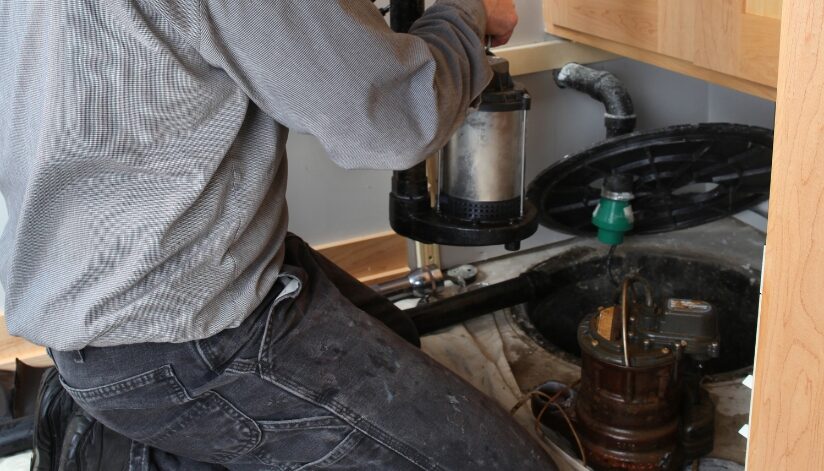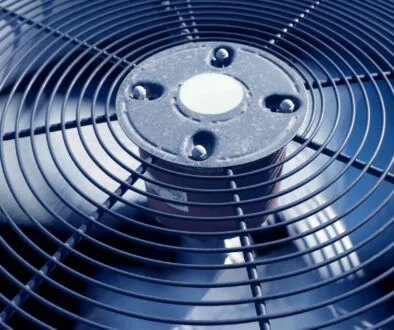Sump Pump Vs. Sewage Ejector Pump: What’s The Difference?
When it comes to managing water and waste in your home, having the right equipment in place is essential. Two important systems that homeowners often confuse are sump pumps and sewage ejector pumps. While they may sound similar and are sometimes located in the same areas, these systems serve very different purposes.
If you’re planning a remodel, finishing your basement, or simply trying to understand the components in your home’s plumbing system, knowing the difference between these two pumps can help you make more informed decisions. The plumbing professionals at Niebuhr are here to help you understand the difference.
What Is A Sump Pump?
A sump pump is designed to prevent water from flooding your basement or crawl space. It’s installed in a pit—called a sump basin—typically in the lowest part of your home. When heavy rain or melting snow causes groundwater to rise, the sump pump activates and moves the water away from your home’s foundation, often to a storm drain or dry well.
Sump pumps are powered by electricity and may include a battery backup to keep them working during power outages—an important feature in spring when storms are more common. Their main job is to protect your home from water damage, mold growth, and structural issues caused by excess moisture.
What Is A Sewage Ejector Pump?
A sewage ejector pump, on the other hand, is used to remove wastewater and solid waste from fixtures located below the main sewer line, such as a basement toilet, shower, or laundry sink. Since gravity can’t carry waste uphill, an ejector pump moves it from a lower elevation to the main sewer line or septic system.
This type of pump is installed in a sealed basin and includes a vent pipe and check valve to control odors and ensure waste doesn’t flow back into your home. Because it handles solid waste, a sewage ejector pump is more powerful and durable than a sump pump and is specifically designed for this type of application.
How They Differ In Function And Design
The biggest difference between the two pumps lies in what they’re designed to move. A sump pump deals with clean or slightly dirty groundwater. It does not process solid waste and typically discharges water into a storm drain or exterior area. A sewage ejector pump, on the other hand, is made to move both liquids and solids to a sanitary sewer or septic system.
Sump pumps activate based on rising water levels in the sump pit, using a float switch to detect when pumping is needed. Ejector pumps are triggered by wastewater entering the sealed basin and are built to handle more demanding materials without clogging or failing.
While sump pumps are common in homes across the Coulee Region, especially in basements prone to flooding, not every home will need a sewage ejector pump. If you’re adding a bathroom or laundry room below grade, however, installing one may be necessary to keep everything flowing properly.
Key Differences At A Glance:
| Sump Pump | Sewage Ejector Pump | |
| Function | Removes groundwater | Removes wastewater and solids |
| Handles | Clean water only | Sewage and gray water |
| Common Location | Basement or crawl space | Basement bathroom or laundry room |
| Discharge | Outdoors | To sewer or septic line |
| Installed For | Flood prevention | Plumbing below-grade functionality |
Niebuhr Can Help
Understanding the difference between these two systems can save you time, money, and potential headaches during home upgrades or plumbing emergencies. At Niebuhr Plumbing, Heating, and Air Conditioning, we assist with sump pump and sewage ejector installation, maintenance, and troubleshooting to help protect your home from unwanted water damage.
If you’re in La Crosse, Onalaska, West Salem, Sparta, or surrounding areas and want help with your sump pump or other plumbing systems, give Niebuhr a call at 608-782-1700. We’re here to help keep your home dry, safe, and running smoothly.




